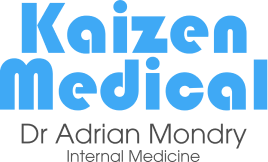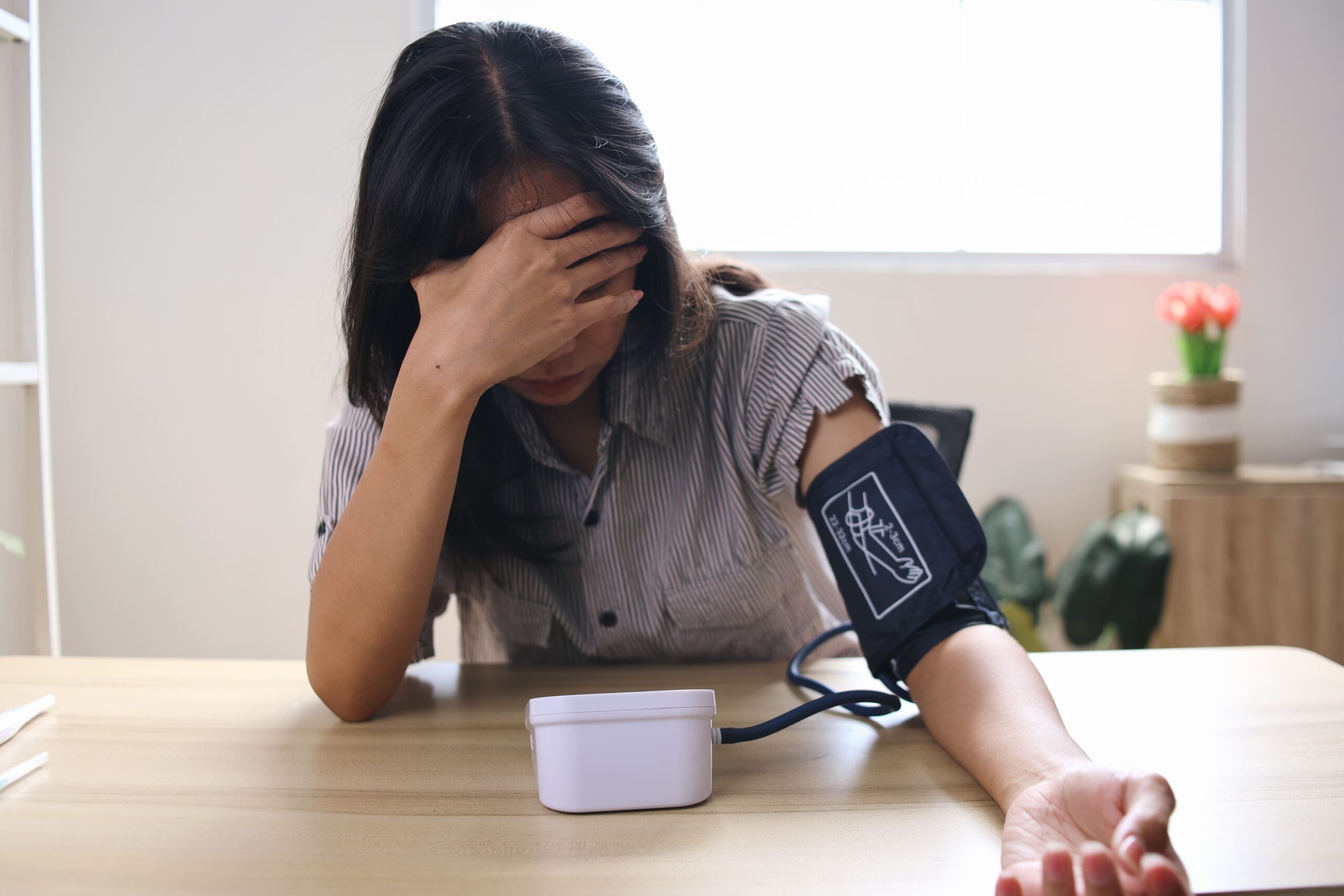High blood pressure remains one of the most common but under-monitored conditions among women, despite its role in many serious health complications. It often develops gradually and without symptoms, which can lead to delayed diagnosis and preventable outcomes.
This article explains why blood pressure screening is frequently missed in women, outlines specific risk factors at different life stages, and offers guidance on when screening should begin and how often it should be done.
Why Blood Pressure Checks Are Commonly Missed
Blood pressure monitoring is frequently overlooked during routine healthcare visits, especially when the focus is on reproductive care such as cervical screening, breast examinations, or contraceptive discussions.
Many women assume high blood pressure is a condition that only affects older adults, unaware that it can begin silently as early as their thirties, without any clear signs.
Because elevated blood pressure usually does not cause symptoms, women may feel well and delay checks, missing the opportunity for early detection and timely management.
Female-Specific Risk Factors
Women face unique health factors that influence blood pressure and require ongoing screening:
Hormonal fluctuations: Changes during the menstrual cycle, pregnancy, and menopause can cause blood pressure to rise or fall.
Pregnancy-related conditions: Some women can develop high blood pressure during pregnancy, which may come on suddenly and pose risks to both mother and baby. These conditions require regular monitoring to ensure a safe pregnancy and delivery.
Use of oral contraceptives: Some birth control pills can raise blood pressure, especially in women who smoke or have a family history of hypertension.
Post-menopausal changes: After menopause, the natural drop in certain protective hormones may increase the likelihood of developing persistent high blood pressure.
When to Begin Screening
Most women should begin routine blood pressure checks from age 40. However, earlier screening may be recommended if there are additional risk factors.
Regular monitoring helps identify silent elevations in pressure that may not be picked up until a complication occurs.
Who Needs Closer Monitoring
Some women may require earlier and more frequent monitoring, including those who:
- Have a family history of high blood pressure, heart attack, or stroke before age 60.
- Are living with diabetes, kidney conditions, or excess weight.
- Use medications known to raise blood pressure.
- Have experienced blood pressure complications during pregnancy.
- Are managing high stress levels or have limited physical activity.
When to Seek Medical Attention
Speak to your internal medicine or hypertension specialist if any of the following apply:
- Your readings remain consistently above 140 over 90 mmHg, even after repeated checks.
- You notice a sudden jump in blood pressure, especially by 20 mmHg or more from your usual baseline.
- You experience warning signs such as severe headaches, chest discomfort, shortness of breath, or changes in vision.
- You are on medication, but your readings remain high despite taking it as prescribed.
Conclusion
Blood pressure screening is a simple but essential part of long-term health management for women. It often gets overlooked in favour of other checks, but early monitoring can prevent more serious conditions from developing.
Speak with your internal medicine or hypertension specialist about when to begin screening and how often it should be done based on your health background and life stage.


